Rising Need for Working Capital
The Asset Based Lending Market is experiencing a notable increase in demand for working capital solutions. Businesses, particularly small and medium-sized enterprises, are seeking flexible financing options to manage cash flow and operational expenses. This trend is driven by the need for liquidity to support growth initiatives and navigate market fluctuations. According to recent data, the working capital financing segment has seen a growth rate of approximately 5% annually, indicating a robust appetite for asset-based loans. As companies look to leverage their assets for financing, the Asset Based Lending Market is poised to expand, providing lenders with opportunities to cater to this growing need.
Increased Focus on Risk Management
In the Asset Based Lending Market, there is a heightened emphasis on risk management practices. Lenders are increasingly adopting sophisticated risk assessment tools to evaluate the creditworthiness of borrowers. This trend is partly a response to the evolving regulatory landscape, which necessitates more stringent compliance measures. The integration of advanced analytics and data-driven decision-making is becoming commonplace, allowing lenders to better understand the risks associated with asset-based loans. As a result, the Asset Based Lending Market is likely to witness a shift towards more secure lending practices, enhancing the overall stability of the market.
Technological Advancements in Lending
Technological advancements are reshaping the Asset Based Lending Market, facilitating more efficient lending processes. The adoption of fintech solutions, such as automated underwriting and blockchain technology, is streamlining operations and enhancing transparency. These innovations enable lenders to assess borrower risk more accurately and expedite loan approvals. As a result, the Asset Based Lending Market is likely to see increased competition among lenders, as those who leverage technology can offer more attractive terms and faster service. This shift towards digitalization is expected to drive growth and transform the lending landscape.
Demand for Customized Financing Solutions
The Asset Based Lending Market is witnessing a growing demand for customized financing solutions tailored to specific industries. Businesses are increasingly seeking loans that align with their unique operational needs and asset profiles. This trend is particularly evident in sectors such as manufacturing, healthcare, and technology, where asset types and cash flow cycles vary significantly. Lenders who can provide bespoke financing options are likely to gain a competitive edge in the market. Recent data suggests that customized asset-based loans have outperformed traditional lending products, indicating a shift in borrower preferences. As such, the Asset Based Lending Market is evolving to meet these diverse requirements.
Growth of E-commerce and Online Businesses
The Asset Based Lending Market is significantly influenced by the rapid growth of e-commerce and online businesses. As these enterprises expand, they often require additional financing to support inventory purchases and operational costs. The rise of digital platforms has created a unique opportunity for lenders to offer tailored asset-based loans that align with the specific needs of online retailers. Recent statistics indicate that e-commerce sales have surged by over 15% annually, further driving the demand for asset-based financing solutions. Consequently, the Asset Based Lending Market is adapting to cater to this burgeoning sector, presenting new avenues for growth.
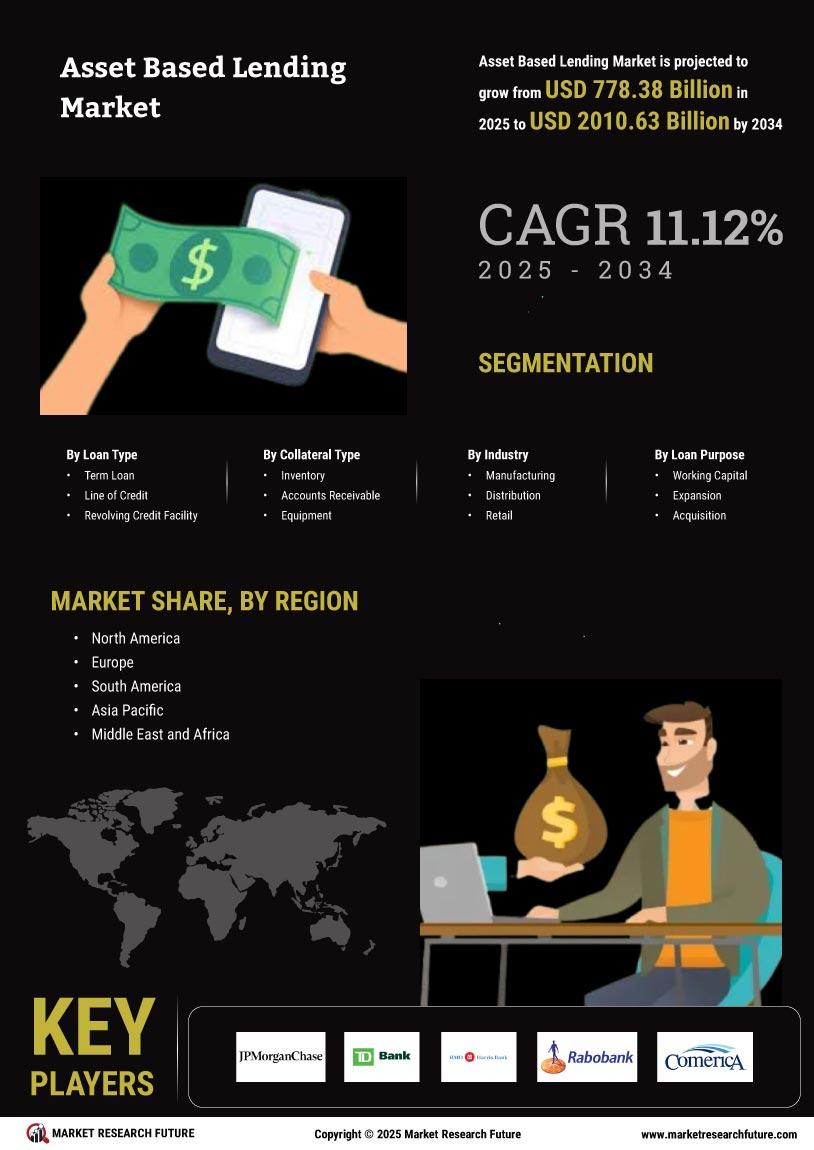

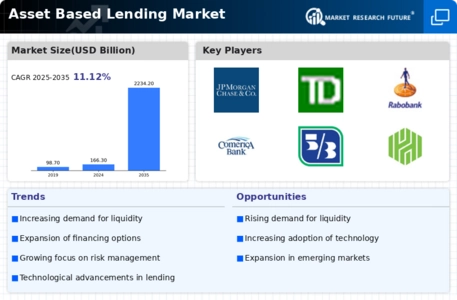


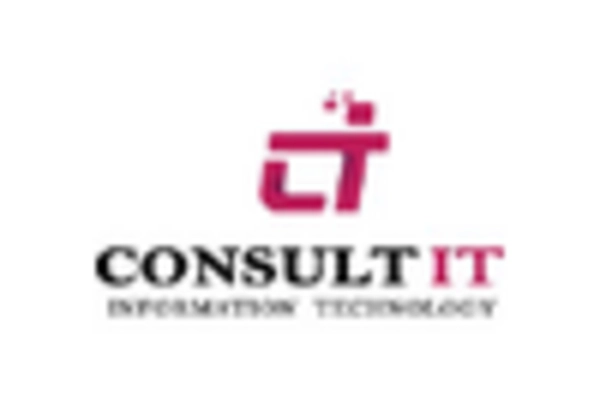
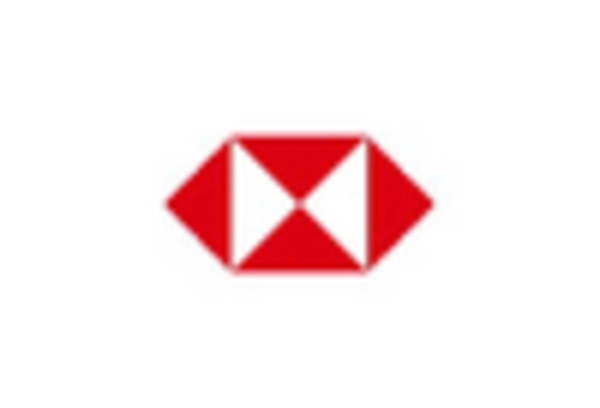
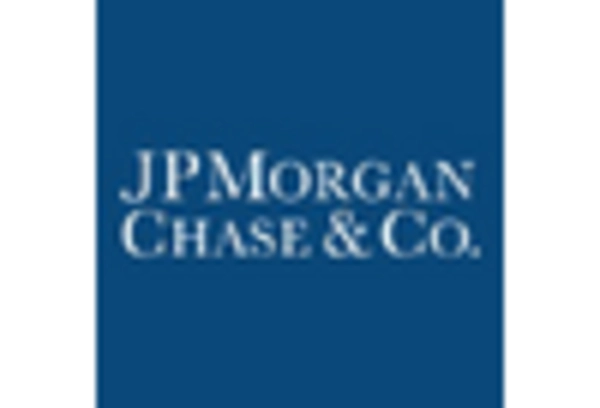
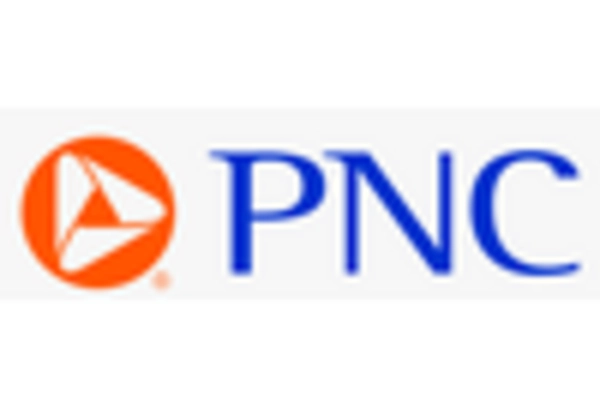
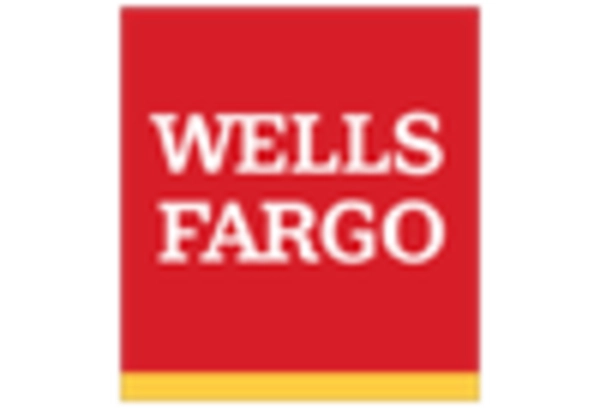








Leave a Comment